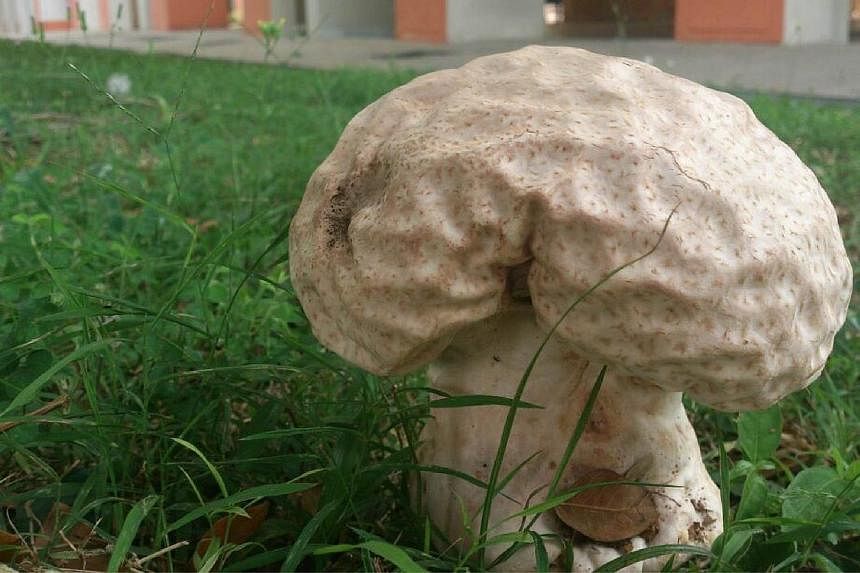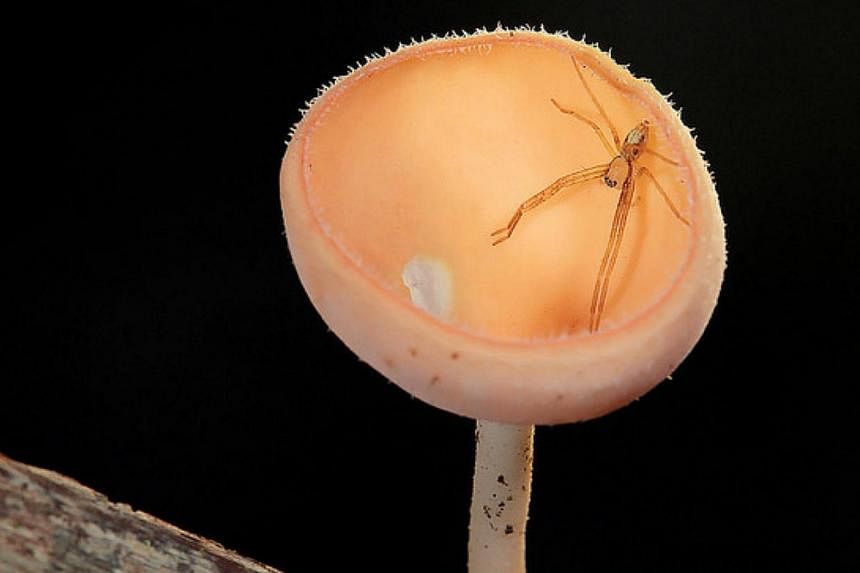SINGAPORE - Since mushroom sightings began sprouting this week, readers have been asking, are these shrooms yummy or deadly?
According to mycology expert Dr Tan Teck Koon, it is best not to put wild mushroom soup on the dinner menu.
"Most of our wayside wild mushrooms are the very common Lepiota species (typically white in colour with brown scales or patterns)," he said in an e-mail.
"Species of Lepiota are known to be toxic and hence they should not be picked for eating. The best advice is to avoid eating any wild mushrooms."
The associate professor from the National University of Singapore also elaborated on the fungus that many have spotted after heavy rain this week.
He said that mushrooms are the fruit of fungi that grow in soil or decaying organic matter, and they appear above the ground to disperse their spores.
Once this reproductive task is complete, they will rot within days.
"Sprouting can literally happen over night - hence people may be surprised by their sudden appearance," he said.
Factors that favour their growth vary from species to species, and may include moisture and temperature.
"Moisture is certainly needed for these fungi to grow or expand the fruit bodies rapidly and to push them above ground, through the soil and organic debris," Dr Tan said.
"The wetter and cooler months typically bring about a flush of mushrooms, but the extent and quantity may vary from year to year," he added.
He has also identified some species of mushrooms found by readers (see gallery above).
Have you seen any in your neighbourhood? Please share your pictures with @STcom on Twitter with hashtag #sgmushroom or e-mail us at STShare@sph.com.sg, and tell us where you found them.





